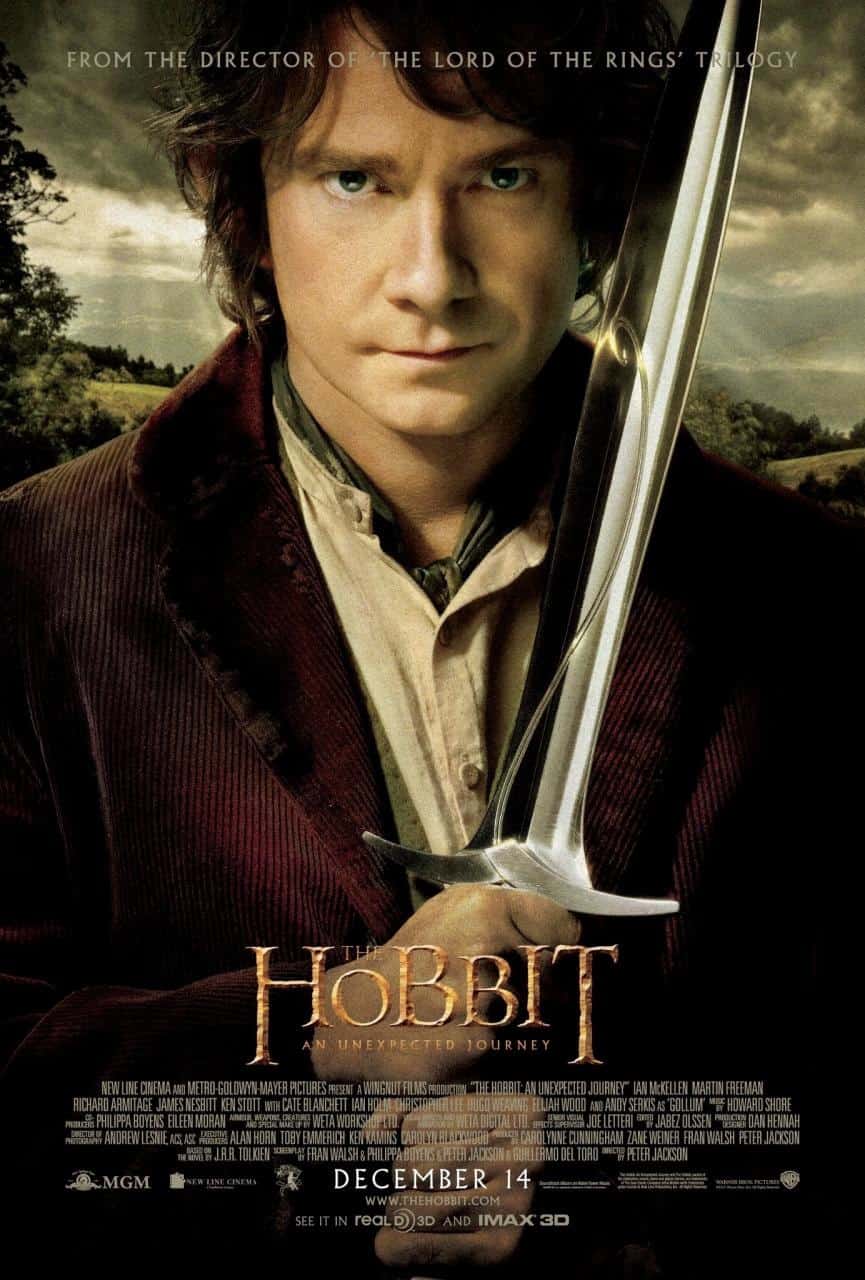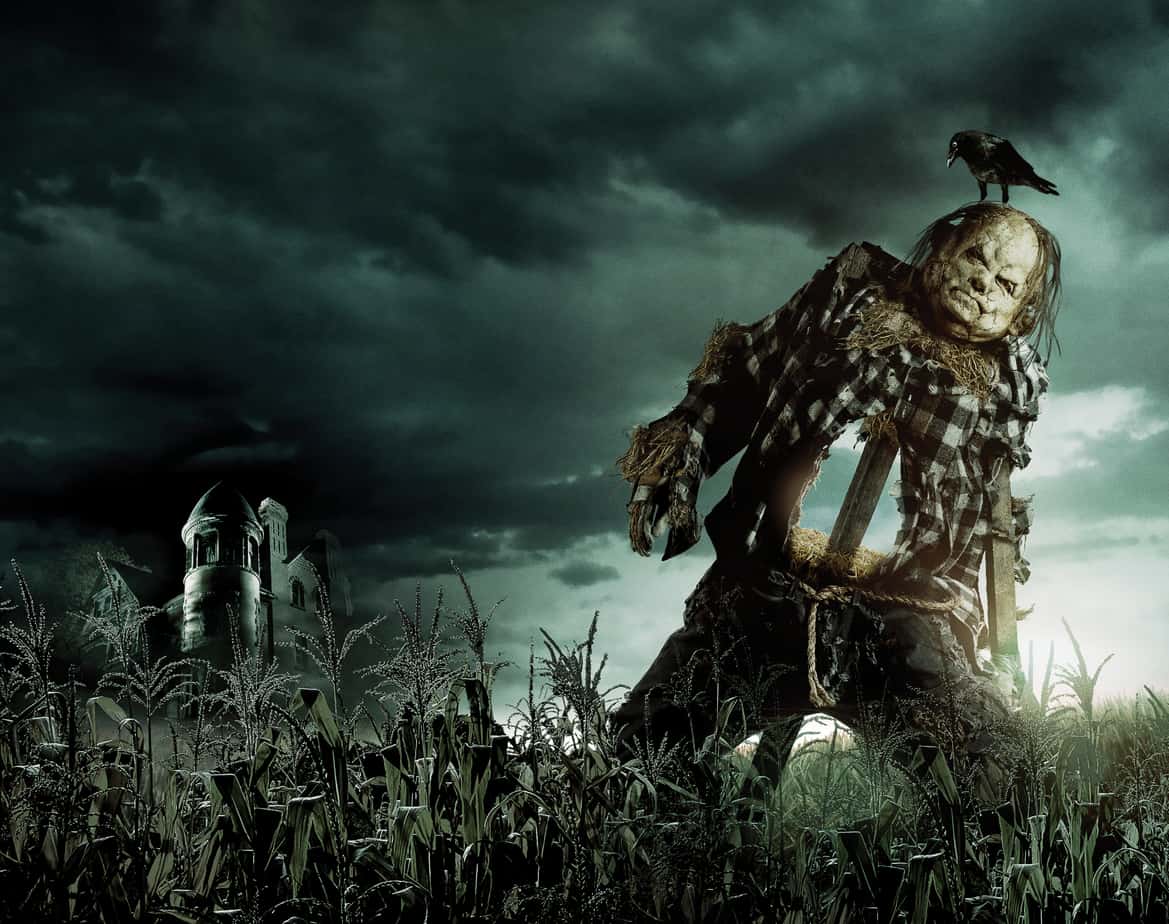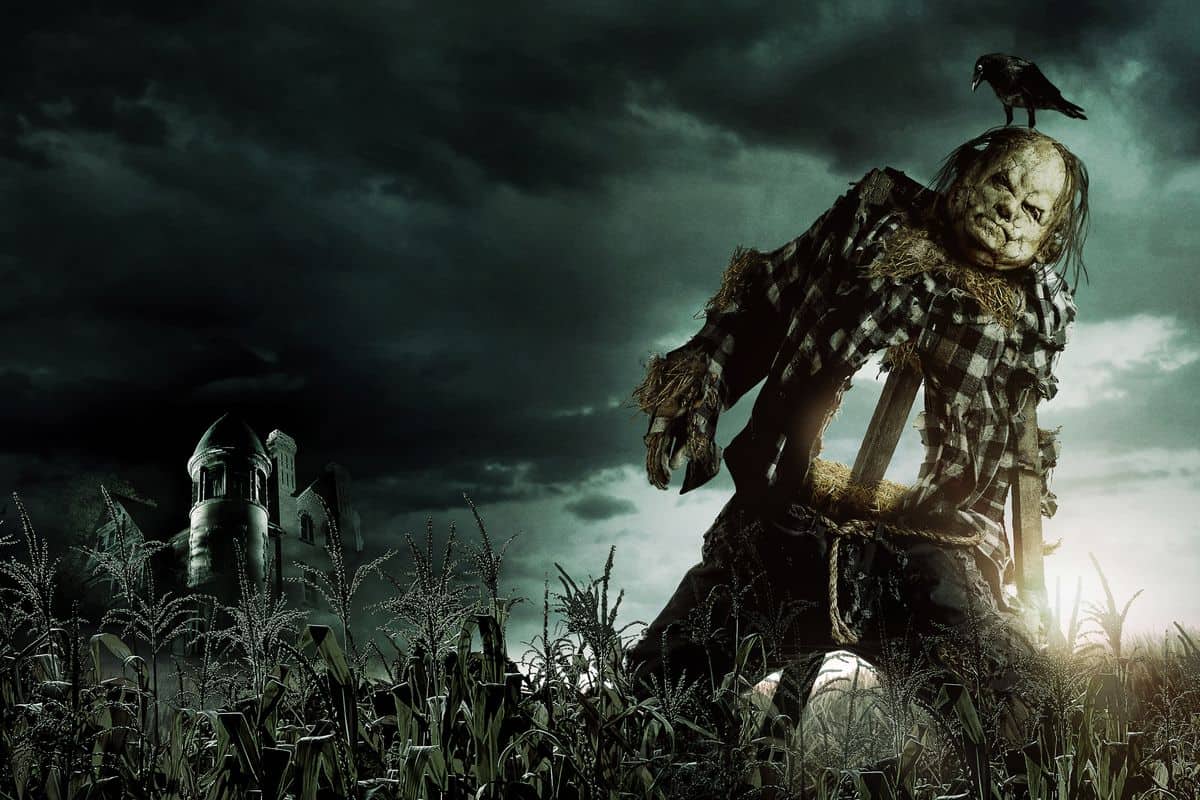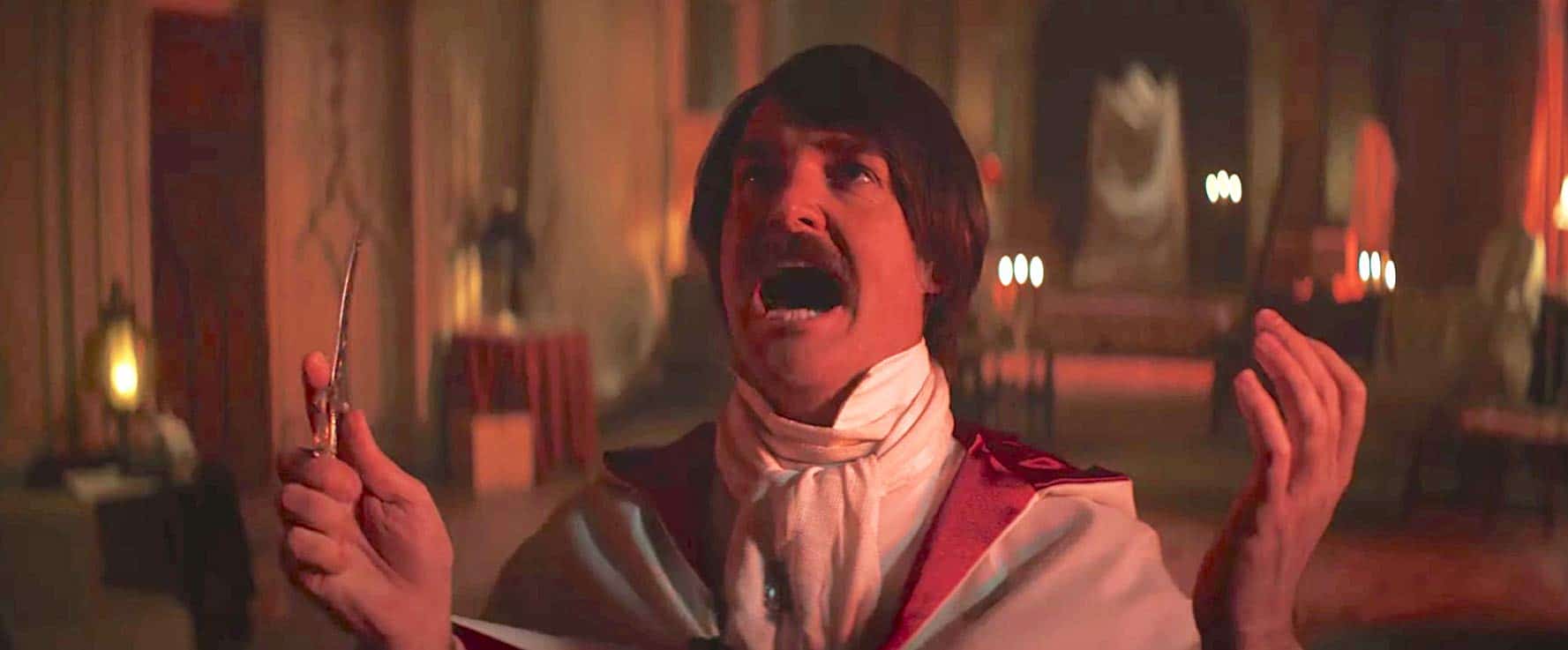
Movie Review: ‘THE HOBBIT: AN UNEXPECTED JOURNEY’
When it was announced a few years back that Peter Jackson and Fran Walsh were going to draft a 2-part Hobbit film for Guillermo Del Toro to direct I was terribly conflicted. Del Toro has a tremendous visual flair and love of all things geek, so it was a natural, exciting fit…but this would leave one of the most fascinating cinematic visions occupied with ONE project for a good part of a decade. After seeing the trailer for Pacific Rim this week, I couldn’t imagine how next summer would be complete without it, so thank all the forces which led to Del Toro backing out of The Hobbit, heading for more original pastures, and leaving the director’s chair wide open. It’s hard to believe that there was any doubt that Jackson would say “oh, alright” to continuing/beginning the Middle Earth story, but it seemed to be a serious question at one point for a minute there. Meanwhile MGM goes the way of the dodo, New Line Cinema folds back into Warner Brothers, legal woes over rights, blah blah blah, the story goes from one part to two parts…and then THREE parts. Now December 14th, 2012, we have a first film in a planned trilogy. Worth the drama?
The Lord of the Rings trilogy was an epic, grand scale journey to vanquish evil from the realm of Middle Earth by destroying a powerful ring into a volcano. The Hobbit is much like the breed of creature that’s it’s namesake: a very small story by comparison, which takes place before the events of The Lord of the Rings tale. A pack of 13 dwarves set out, under the guidance of wizard Gandalf the Grey, and enlist a twitchy, nervous hobbit named Bilbo to join their adventure to smite a mighty dragon and reclaim their kingdom that once was – and the massive treasure within. The standout dwarf is Thorin Oakenshield, the son of the fallen dwarf king, who is determined to see this quest to its end for personal retribution by killing Smaug, the dragon responsible for the events leading to his father’s death. While the goal is treated with equal grandness of the story to come in The Lord of the Rings, The Hobbit never feels like the goal is of any real importance or consequence. Perhaps that’s for the next film. Or the one after that.
I’m a long time fan of Peter Jackson’s work, from the small beginnings of Bad Taste to re-visioning the mighty King Kong. After the embarrassment and deflated expectations of adapting The Lovely Bones, it’s no wonder that Jackson seemed to disappear from the limelight and quietly work on a project that he knows is a guaranteed success. Honestly this story could be phoned in and be a success. Well, in a lot of ways it ends up feeling like just that. I’m not feeling that same enthusiasm from the man anymore. Jackson’s inspiration and passion doesn’t seem to be anywhere near this thing outside of a few moments, rather he seems to be more interested in toying with technology. A very controversial decision early on was for Jackson to use High Frame Rate, digital 3D as the medium to film and display. Jackson decided while rendering the King Kong 3D ride for Universal Studios in 60 FPS that it was a staggering, striking difference in quality of image and a much more focused and vibrant 3D experience. “Wouldn’t that be cool for a feature,” he asked. The standard for theaters is what film has long been seen as 24 FPS. Therefore only a small handful of theaters in the nation are going to upgrade their already amazing, expensive, digital 3D projectors they haven’t even had for 5 years, in order to present the movie in HFR as it was intended. I was able to view the film at 48 FPS and can tell that this is certainly an experiment in progress and some kinks need to be worked out, but if you’re going to see it as intended this is worth seeking out.
The look is more akin to watching a live, multi-camera sitcom at first, and it in no way resembles the look or feel of traditional film or even modern digital equivalents For at least the first 30 minutes (which are dreadfully slow) outdoor scenes in the hobbit village look akin to someone’s personal, promotional renaissance festival video. However once things get moving and the journey starts heading into varied locations, the results are a lot more fluid and interesting; dazzling, even. This is definitely the most crystal clear image you’ll be able to see in a theater. The 3D imagery, while not the most striking or impressive, is the most spectacular technical display of the technology thus far. Images range from extremely cheap looking at the start, to lavish and extravagant once we reach the orc tunnels and the caverns below where Gollum is found. Distance and spacing makes the film feel all the much bigger and gives the size of the characters more of a highlight.
You can hear additional thoughts on ‘THE HOBBIT: AN UNEXPECTED JOURNEY’ on this week’s podcast, Episode 113!
I honestly don’t think I ever got into the film until Bilbo and Gollum have an intellectual face off and we see the ring for the first time. And past there we never really have much of a climax to speak of – a minor scale battle, a gateway built for the REAL excitement to come. A disappointing feeling swept over me exiting the theater. I feel odd trying to review the film for a number of reasons…but if being objective is the goal, than it feels very easy. On its own merits as a piece of cinema, An Unexpected Journey is a bloated, slow, uneventful set up for things which never happen. Bits and pieces of character development tend to work while we try to figure out what’s driving the members of the motley crew of dwarves and their hobbit, but then we’re cut short of any resolution and move onto something else entirely. Martin Freeman as Bilbo and Richard Armitage as Thorin are both compelling to watch, but aren’t given proper moments to shine, and Ian McKellan appears to just be along because it’s expected of him. The Fellowship of the Ring suffered a lot of the same issues found in this first installment of The Hobbit, but Fellowship felt much more rounded, lean, and eventful as a beginning of a story. The Lord of the Rings films were each based on three separate novels, but The Hobbit is one novel which will be split into three parts, and it shows. An Unexpected Journey is at the exact same time overloaded AND lacking in substance, which is very strange indeed, but is exactly what happens when you pull something too thin into more parts than necessary. You can only stretch dough so far before you end up with little pieces of bread instead of loaves. Thus, I don’t feel like I’ve even seen enough to properly judge yet, and I’ll have to wait two years to find out if it’s all worth it; in context of a whole, is An Unexpected Journey stronger than it appears? As it stands, there’s entertainment to be found here, and a love/hate visual feast for the eyes and senses. Time will tell if the future installments salvage this entry.



